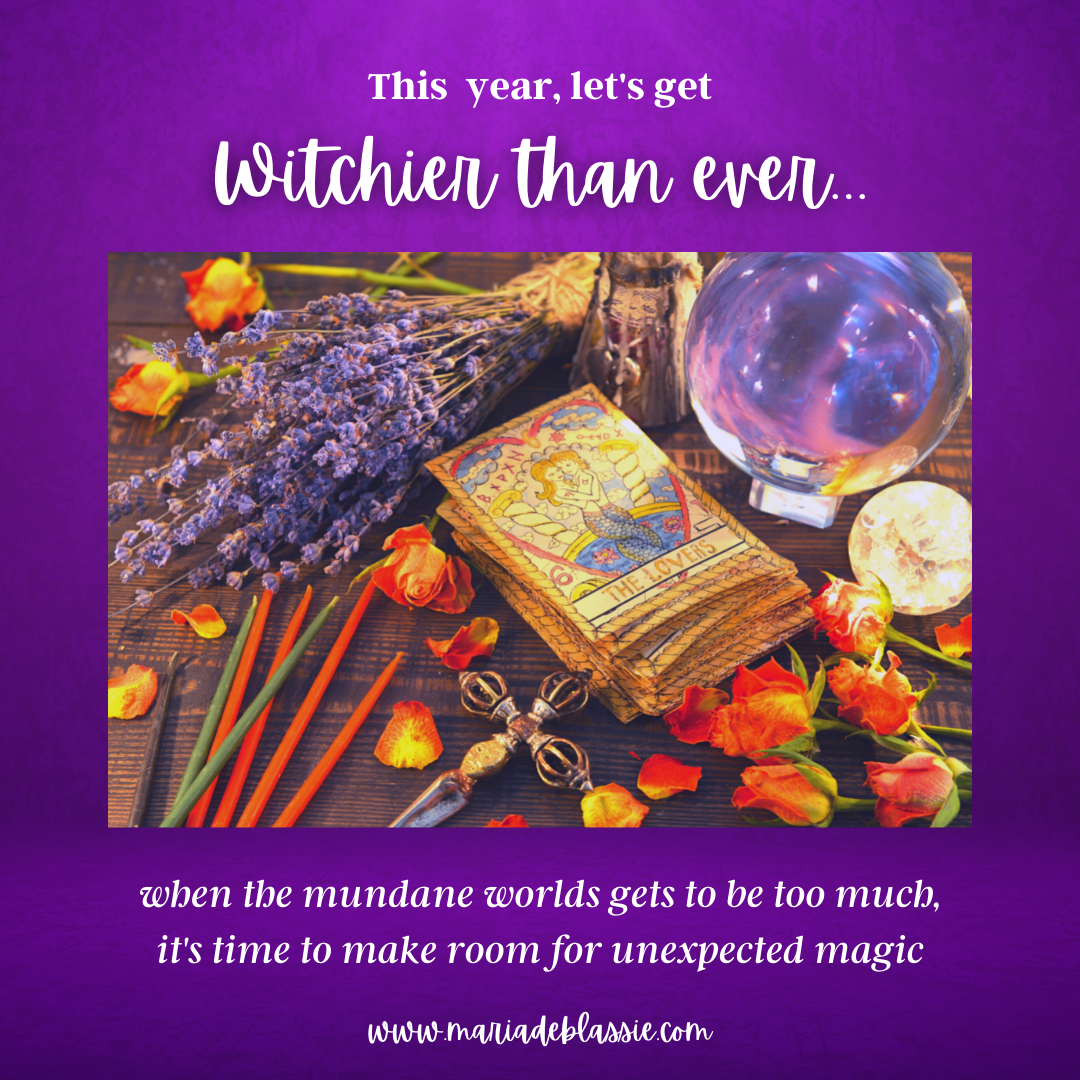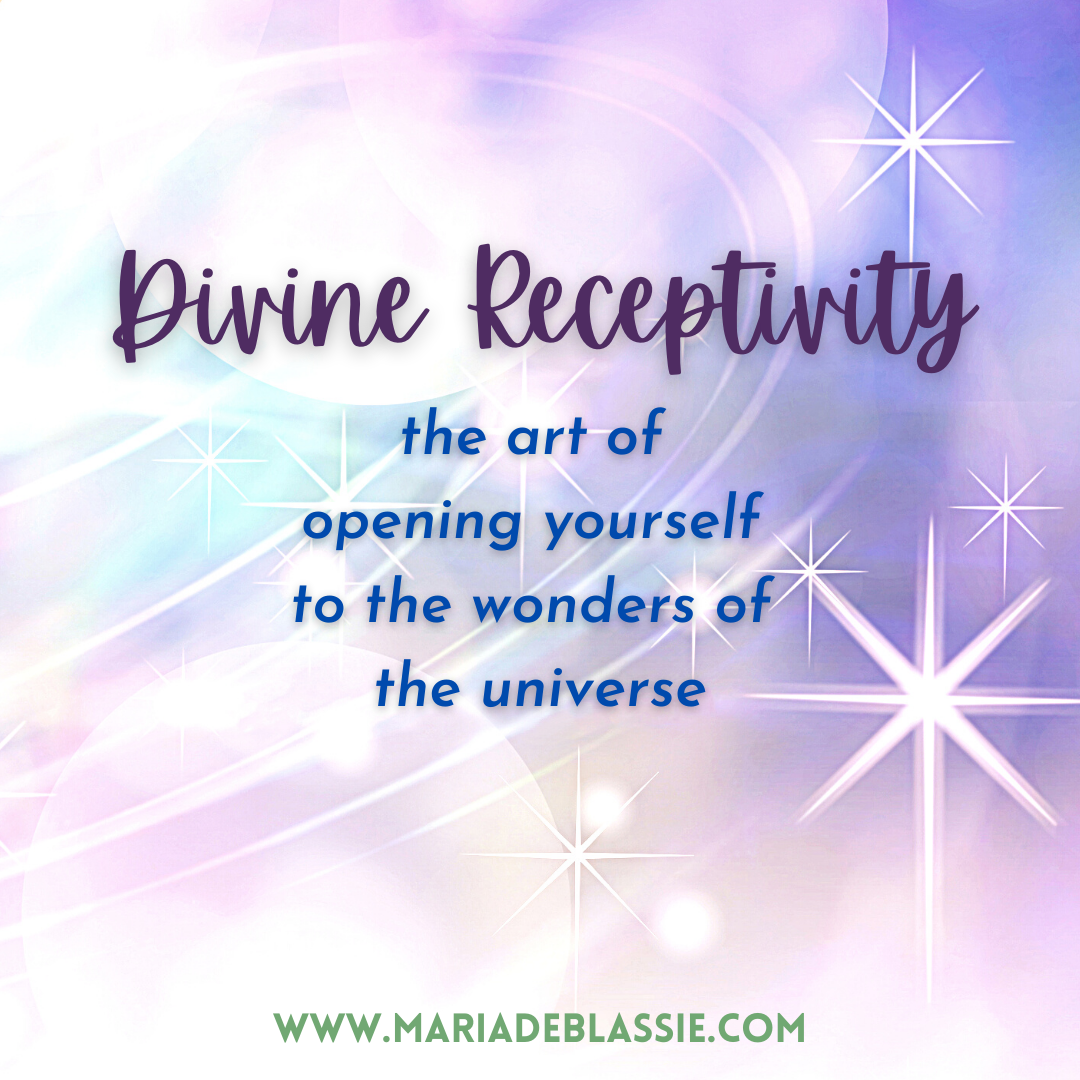The air smells faintly of woodsmoke and spices, the sun brushes its soft fingers against trees showing off their red and orange leaves, and, somewhere in 90s New York City, Meg Ryan is buying a pumpkin, while I, in 2025 Albuquerque, NM, am also buying more festive gourds than I know what to do with. Last year, I wrote about the delights of Meg Ryan Fall—the sacred simple pleasures of cozy sweaters, corner coffee shops, and pumpkin-spice-fueled meet cutes. Basic? Absolutely. But that’s part of the charm—being unabashedly cheesy as an act of pure, unadulterated joy.
Shameless, lighthearted playfulness is its own kind of magic.
This year, though, I’ve found myself leaning toward something a little darker, a little more whimsical: Practical Magic Autumn. Let’s be honest—I celebrate both at once—but when October arrives, I feel the pull of the liminal, that coy whisper of spooky season that invites me to revel in my witchiness.
The world feels heavy right now (for so, so many reasons), and as I often do when I’m overwhelmed, I retreat to my library for wisdom and healing. I find a strange comfort in spooky stories that don’t shy away from the shadows but show us how to live alongside them. I’ve also delighted in watching iconic horror movies to face my childhood fears of things that go bump in the night. These stories teach us how to integrate our shadows and banish the shades who try to hitch a ride home with us. To root ourselves in hope and healing, even in the midst of upheaval. To conjure joy and expansion, even as external forces make us feel small. And to face the scary thing under the bed so that we aren’t controlled by our terror of it.
Lately, I’ve been savoring the ritual of autumn decorating to chase away the darkness. Decorating feels especially delightful because I finally have a fireplace—its flickering glow now framed by pumpkins, amber leaves, and just the right touch of Halloween flair. My familiars (my cats, Smoke and Juniper) curl up on couches covered in jewel-toned throws, ready for scary movie night. My downtime is spent paging through old books, fussing over jars of herbs, reading tarot, and making impossible wishes to the moon—knowing full well that the moon was made for granting impossible wishes…when you least expect it.
With the sequel around the corner, I can’t help but feel the gentle thrill of Practical Magic even more this season. That film (and the novel it’s based on) did something rare—it made witchcraft feel both glamorous and deeply human. The Owens sisters were a mess, sure, but a glorious one: real women with real problems who also happened to be magical. Unlike their Charmed counterparts, chosen to battle the forces of darkness, the Owens women wrestled with the demons that follow you home—the ones born of grief, family curses, and love gone wrong.
You know, normal life stuff.
Their longings were achingly human—love, belonging, connection—and that’s what made their story so potent. It wasn’t about saving the world. It was about rescuing themselves and each other. It was about healing their wounds and finding their place in the world. The Owens women are magical not because of their witchcraft alone, but also because of the intentional energy and love they pour into nurturing meaningful relationships—sending letters, having the hard conversations, showing up when they’re needed.
A few weeks ago, I found myself channeling that same energy—making popcorn, pouring drinks, and settling in for an impromptu happy hour with my sisters and nieces. The candles in my fireplace glowed (okay, fine—LED candles, because safety first). Gold and orange leaves festooned my mantle and kitchen entryway, and a scattering of pumpkins—real, ceramic, glittered, and earthen—dotted every surface. Even my kitchen table was festooned with a vibrant red, gold, and orange tablecloth.
The vibe? Cozy gothic enchantment.
My nieces spritzed on my perfume and paraded around in scarves raided from my closet while my sisters and I talked and plotted, laughed and commiserated. We snacked on popcorn and sipped whiskey and rosé while the girls drank rose lemonade. I am teaching my nieces how to add a little honey to things when life feels tart as unripe lemons. Whiskey fire to burn away the heaviness from one sister, a rosé to remind the other that joy can still bloom. What began as a “quick happy hour” became an evening of connection, laughter, and quiet magic.
And I thought: this is what a coven meeting really looks like!
Like the sisters in Practical Magic, we had come together, as we so often do, to stir the cauldron and cast spells. I mean, make dinner. I mean, midnight margaritas. Well, it really depends on the night.
Practical Magic has always lived in that sweet spot between cozy romance and gothic terror, between the normal and the strange. It reminds us that real magic isn’t found in spectacle, but in the ordinary—reading the signs in the world around us, trusting synchronicities and, occasionally, burying your sister’s ex in the backyard.
Hey, it happens.
This fall, I’ve been practicing those small enchantments Practical Magic invites us to savor. Tending my rosemary and setting intentions over cinnamon-laced coffee. Gazing up at the moon to see what secrets she’s willing to divulge and mixing rose petals and heart’s desire into lemonade to soothe the soul. A little gentle alchemy never hurts.
If Meg Ryan Fall is about finding delight in the sacred ordinary of city life, Practical Magic Autumn is about coming home to yourself—to candlelight, to ritual, to dancing naked under the moon. It’s about the vibes: long hair, long skirts, and longer nights. Sweaters that feel like protection spells. Soups that taste like nourishing potions. Stiff drinks that act as truth serums. Thoughts that are invocations. Dreams so deep and real, they must surely be prophecy.
Practical Magic Autumn is about the comfort of home when the world feels cold and heavy. It invites you to embrace your difference, even when it scares you, for that is the spark that makes you magical. This season of liminalities is a sacred time to make peace with your shadow so you can move through life whole, not divided. It’s about being in rhythm with nature and holding true to your own nature. It’s about being careful with your wishes--because they just might come true. At its heart, this story shows us that bone-deep belief, paired with embodied action, is the truest form of conjuring.
Practical Magic Autumn is an invitation to banish ghosts you’ve accidentally resurrected and make peace with the stories that haunt you.
It reminds us that even when darkness rises, there is always light worth reaching for.
So this season, may your heart(h) be warm, your light bright enough to chase away the shadows, and your magic filled with grounded hope and good intentions—and some midnight margaritas.
And never forget, as Practical Magic teaches us, to “throw spilled salt over your left shoulder, keep rosemary by your garden gate, plant lavender for luck, and fall in love whenever you can.”
Alt Text: The house from the movie Practical Magic, decorated with Halloween garlands, pumpkins, and a black cat by a picket fence under a full moon with the words, “Practical Magic Autumn www.mariadeblassie.com.”
Enchantment Learning & Living is an inspirational collection of musings touching on life’s simple pleasures, everyday fantasy, and absolutely delectable recipes that will guarantee to stir the kitchen witch in you. If you enjoyed what you just read and believe that true magic is the everyday, subscribe here.
Want even more inspiration to make your dream life a reality? Follow me on Facebook, Pinterest, and Instagram. Thanks for following!



















